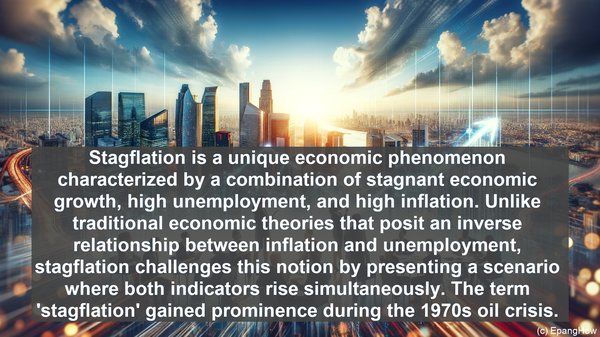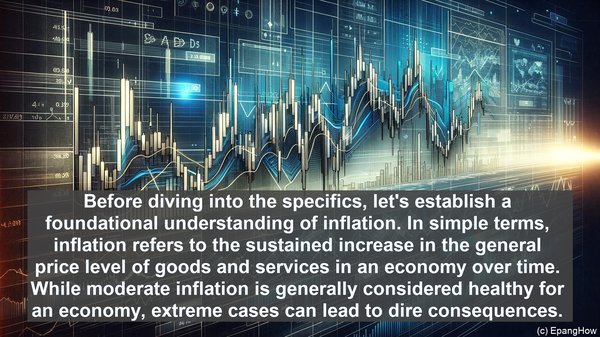Introduction: The Intricacies of Inflation
Before diving into the specifics, let’s establish a foundational understanding of inflation. In simple terms, inflation refers to the sustained increase in the general price level of goods and services in an economy over time. While moderate inflation is generally considered healthy for an economy, extreme cases can lead to dire consequences.

Defining Hyperinflation: When Prices Spiral Out of Control
Hyperinflation is an extreme form of inflation, characterized by an exceptionally rapid and uncontrollable increase in prices. In such scenarios, the value of a nation’s currency plummets, leading to a loss of confidence in the monetary system. Hyperinflation is often marked by daily price hikes, rendering money almost worthless. Notable historical instances of hyperinflation include Zimbabwe in the late 2000s and Germany during the Weimar Republic.
The Causes of Hyperinflation: Unraveling the Factors
Hyperinflation can be triggered by various factors, but a common catalyst is the excessive printing of money by the government. This can occur when a nation faces severe economic challenges, such as a large fiscal deficit or a significant debt burden. Additionally, political instability, wars, and economic mismanagement can also contribute to the onset of hyperinflation.
The Devastating Consequences of Hyperinflation
Hyperinflation can have far-reaching consequences, wreaking havoc on both individuals and the overall economy. As prices skyrocket, people’s purchasing power diminishes rapidly, leading to a decline in living standards. Businesses struggle to operate, and unemployment rates soar. Moreover, hyperinflation erodes the trust in the financial system, making economic recovery a daunting task.
Understanding Stagflation: The Dual Challenge
Stagflation is a unique economic phenomenon characterized by a combination of stagnant economic growth, high unemployment, and high inflation. Unlike traditional economic theories that posit an inverse relationship between inflation and unemployment, stagflation challenges this notion by presenting a scenario where both indicators rise simultaneously. The term ‘stagflation’ gained prominence during the 1970s oil crisis.
The Causes of Stagflation: A Complex Interplay
Stagflation can be attributed to a confluence of factors. One primary cause is a supply shock, such as a sudden increase in oil prices or a disruption in the supply chain. This leads to a decrease in aggregate supply, resulting in both inflation and reduced economic output. Additionally, factors like a decline in productivity and wage-price spirals can also contribute to stagflation.

The Challenges Posed by Stagflation
Stagflation presents a unique set of challenges for policymakers. Traditional tools used to combat inflation, such as tightening monetary policy, may exacerbate the unemployment problem. Conversely, measures to stimulate economic growth, like fiscal stimulus, can further fuel inflation. This ‘policy dilemma’ makes addressing stagflation a complex and nuanced task.
